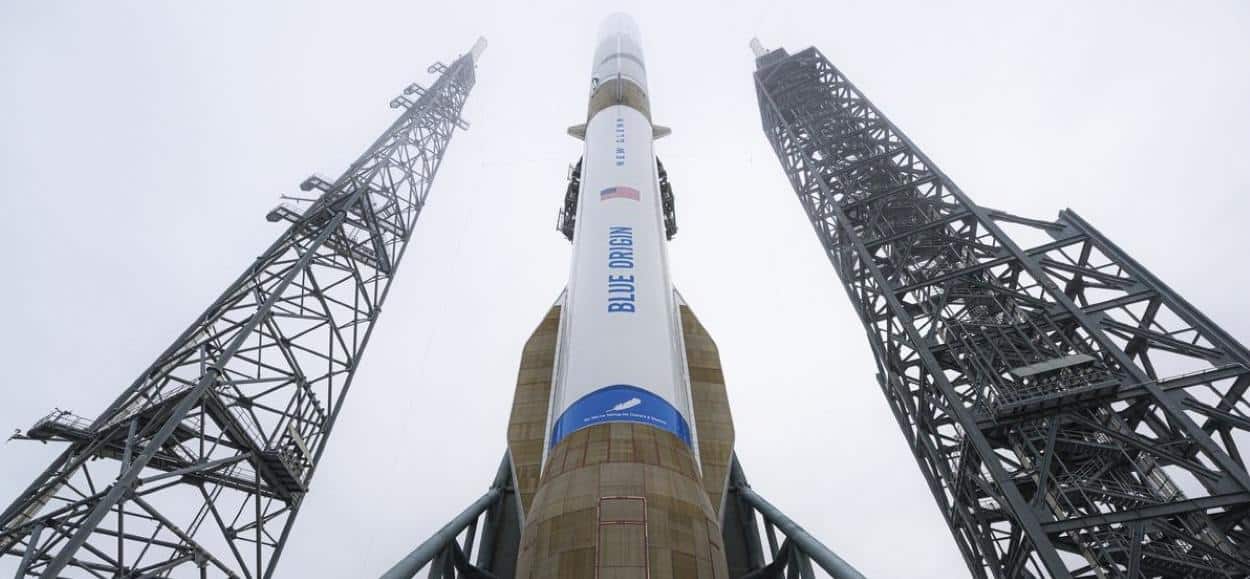Blue Origin successfully launched its New Glenn rocket from Cape Canaveral Space Force Station at 2:03 a.m. EST on January 16, 2025.
The first flight of the reusable orbital-class rocket was a major milestone for the company’s spaceflight goals, successfully reaching orbit around 12.5 minutes after liftoff.
The 320-foot-tall New Glenn rocket, developed over several years and originally slated for a 2020 debut, was delayed primarily due to the delayed production of its BE-4 first-stage engines.
Despite failing to successfully land its booster on the recovery ship, Jacklyn, during this mission, the New Glenn rocket executed planned reentry burns that yielded crucial data for future flights.
The New Glenn rocket, designed to carry up to 50 tons to low Earth orbit, often draws comparisons to SpaceX’s Falcon Heavy, although it boasts a slightly lower payload capacity. Its design emphasizes reusability, with each booster supporting up to 25 launches, enhancing space missions’ cost-efficiency.
Blue Origin has secured contracts with NASA, the U.S. Space Force, and various private entities. Key upcoming missions include the deployment of Amazon’s Project Kuiper broadband satellites and NASA’s ESCAPADE Mars mission in 2025, contingent on the rocket’s proven reliability.
The NG-1 test flight also carried a prototype of Blue Origin’s Blue Ring spacecraft, designed to validate essential communication and tracking technologies under the Defense Innovation Unit’s Orbital Logistics Program. This spacecraft aims to facilitate payload transport to various orbits, furthering Blue Origin’s capabilities in commercial and government space missions.
Read: New Glenn Rocket Launch Delayed by Blue Origin
This launch represents a critical advancement for Blue Origin, underscoring its growing role in the competitive space industry and its potential to fulfil various commercial and governmental contracts.






